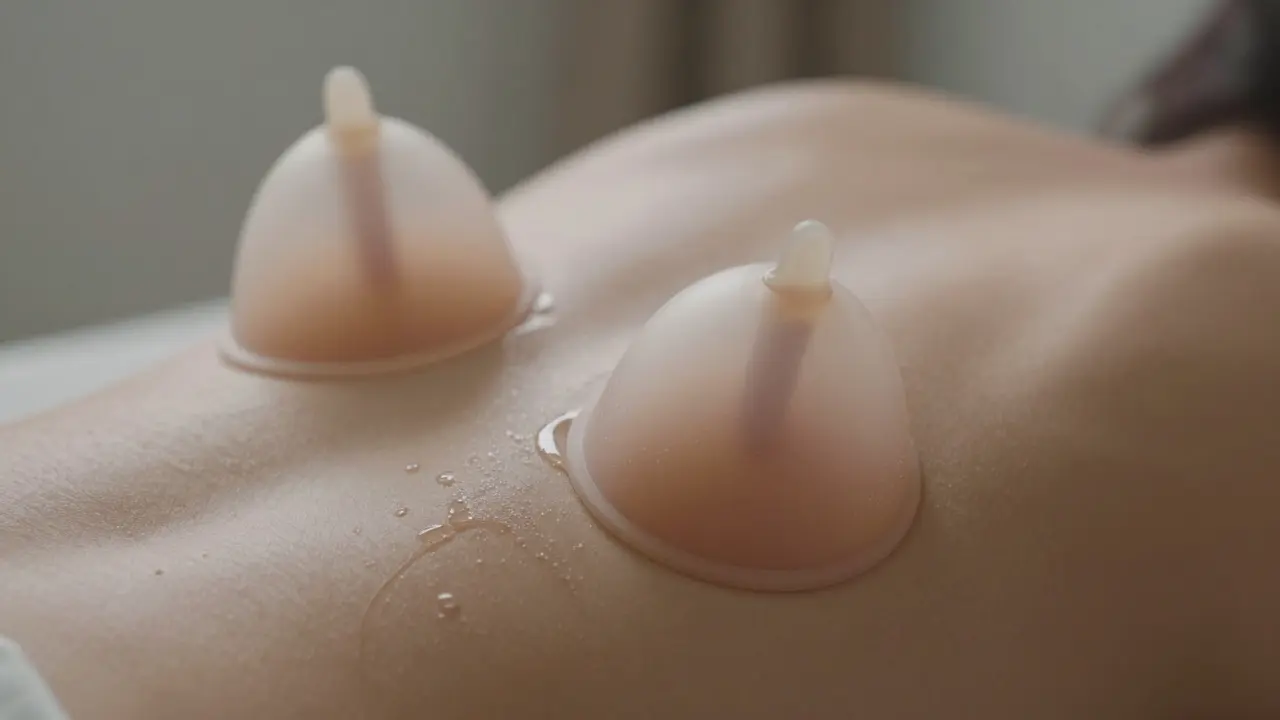How to Do Cupping Safely
When working with Cupping Therapy, a traditional technique that creates suction on the skin using glass, silicone or bamboo cups. Also known as cupping, it has become a staple in many Dubai wellness centers. If you’ve ever wondered how to do cupping safely, the answer lies in understanding the method, the tools, and the hygiene rules that keep the experience beneficial rather than risky.
Key Safety Tips You Should Know
Dry Cupping, the version that uses only suction without any skin incisions is popular because it’s quick and low‑maintenance. The core safety rule is to ensure the cups are sterilized before each use and that the therapist checks skin sensitivity beforehand. Cupping therapy involves controlled suction, so a trained professional will adjust the pressure to avoid bruising or burns. Keep the session under 10‑15 minutes per area and watch for any unusual pain – that’s a clear sign to stop.
Wet Cupping, the method that combines suction with tiny skin incisions to draw out a small amount of blood adds extra steps for safety. Clean, single‑use needles must be used, and the practitioner should follow strict antiseptic protocols. Before starting, the therapist should explain the process, get written consent, and verify you have no bleeding disorders. Afterward, applying a mild antiseptic gel helps prevent infection and speeds up healing.
Massage Therapist, the licensed spa professional who performs cupping and other bodywork plays a crucial role in risk management. A certified therapist knows how to read skin tone, adjust suction levels, and recognize contraindications such as pregnancy, recent surgery, or skin conditions like eczema. They also maintain a clean environment – disinfecting tables, using fresh linens, and sanitizing equipment after each client. When you ask about their training, you’re confirming that the therapist can deliver cupping safely.
Skin Markings, the circular bruises or red dots left after cup removal are normal, but their color tells you something about the session. Light pink or red spots usually fade within a day, while darker purple marks may linger for a week. Darker marks do not always mean a problem; they often indicate a deeper suction level that released more blood to the surface. However, if you notice swelling, intense pain, or marks that don’t fade, seek medical advice right away.
Putting these pieces together, you can see that cupping safety is a network of relationships: Cupping therapy involves suction, dry cupping requires sterile cups, wet cupping demands proper incisions and after‑care, and the massage therapist ensures all protocols are followed. Armed with this knowledge, you’ll feel confident when you book your next session. Below you’ll find a curated list of articles that dive deeper into each aspect – from detailed preparation steps to after‑care routines – so you can enjoy cupping without worry.






